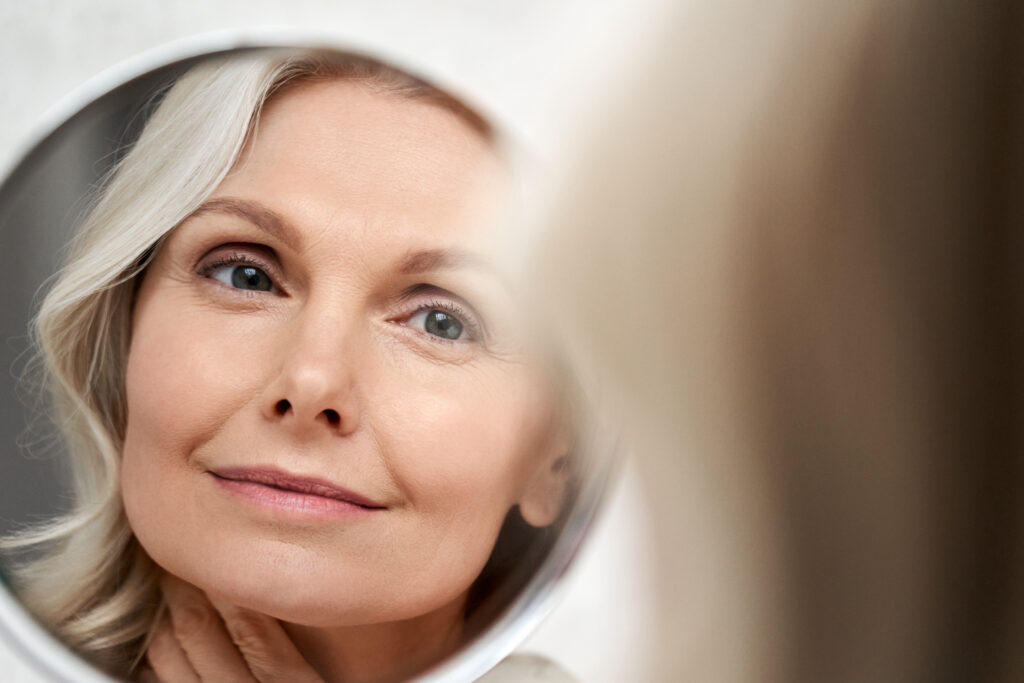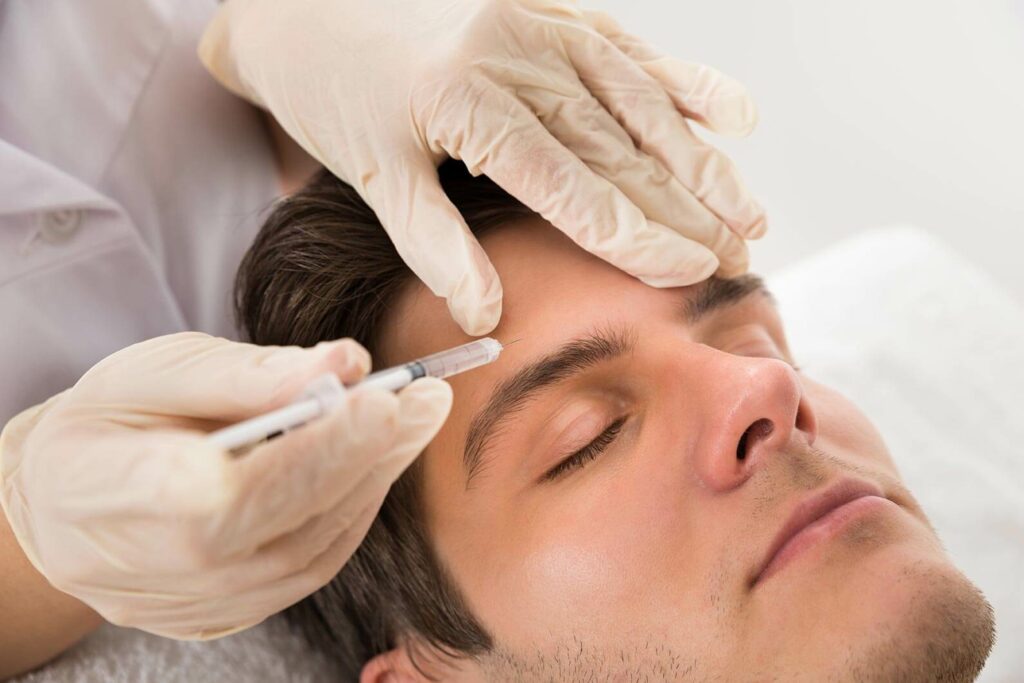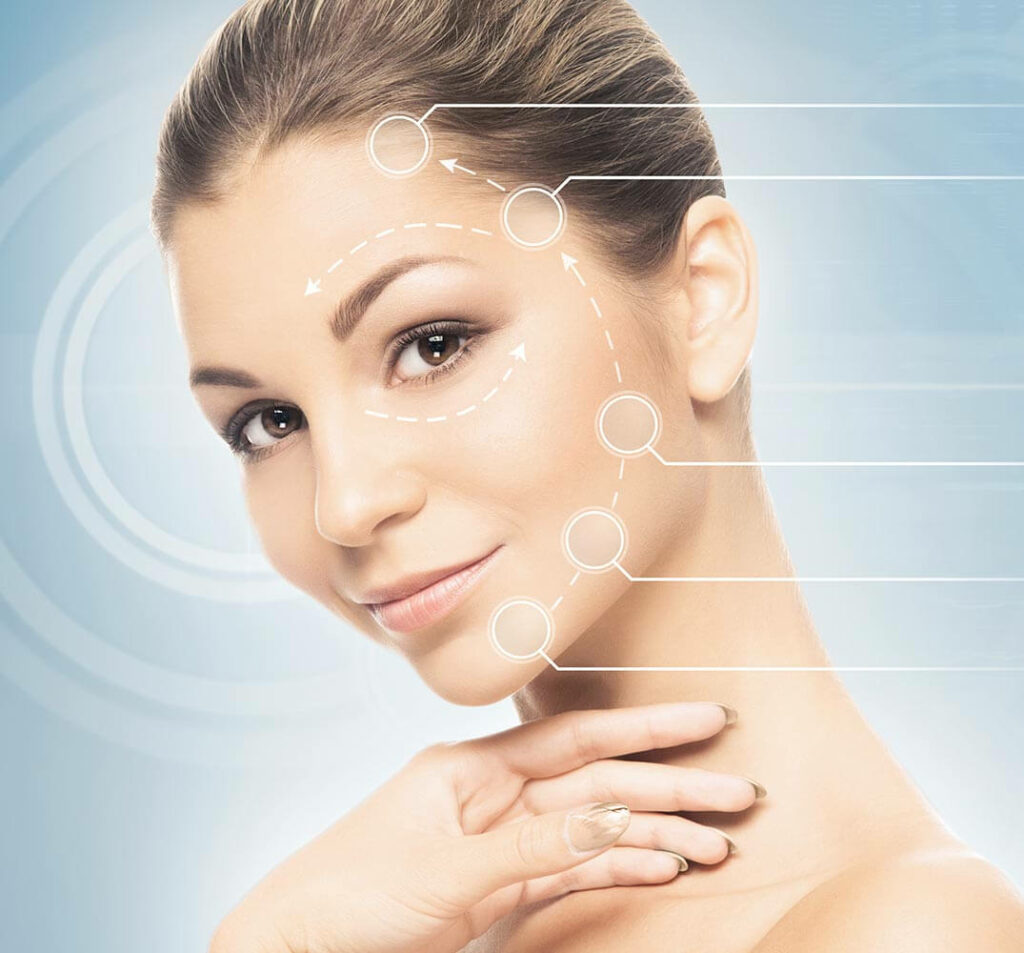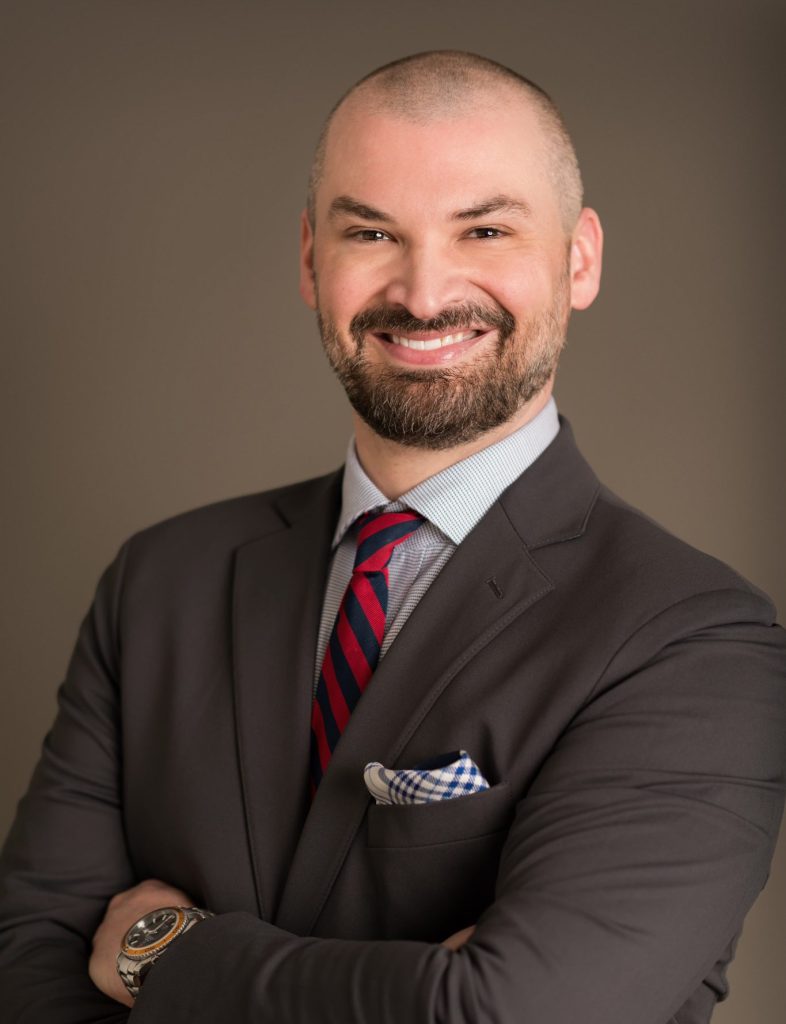Our skilled surgeon, Dr. Stephen Jones specializes in various surgical procedures such as blepharoplasty and non-surgical options like Botox and Juvederm to help you achieve a refreshed and youthful appearance.
Upper and Lower Blepharoplasty
Blepharoplasty is a procedure that removes excess fat, skin, and muscle from the eyelids. At Center for Sight, we perform blepharoplasty on the upper and lower eyelids.
Medicare or other commercial insurance plans may cover an upper blepharoplasty if the upper eyelids are causing a decreased field of vision. Upper blepharoplasty removes excess fat, skin, and muscle from the upper eyelids. Having these can cause drooping or sagging eyelids.
With lower blepharoplasty, you’ll have excess fat, muscle, and skin removed from the lower eyelids, which can help with the appearance of bags or puffiness under the eyes. Undergoing an upper or lower blepharoplasty can help improve the appearance of the eyelids and improve vision if excess skin obstructs vision and a patient’s visual field.

Ptosis
Ptosis is an eye condition that causes the upper eyelid to droop over the eye, obstructing the ability to see. It can occur due to trauma, aging, or injury.
Lifting the eyelid to improve vision and eyesight is the best way to treat ptosis. The procedure tightens the levator muscle that lifts the eyelid and supports the eyelid by attaching the eyelid to the muscles in the forehead.

Ectropion
Ectropion is an eye condition that results in the lower eyelid turning out, so it’s away from the eye. Patients with ectropion may suffer from dryness, excess tearing or watering, redness, and irritation.
If ectropion requires treatment, your oculoplastic surgeon will treat it by tightening the eyelid muscles and tissues. Doing this provides sufficient support and allows the eyelid to return to its correct position.

Entropion
Entropion leads to the opposite of ectropion in patients. Rather than causing the eyelid to turn out, the lower eyelid turns in towards the eye.
Patients with entropion may notice their eyelashes rubbing against their eyes, which irritates the eye. They may also see tearing and redness of the eye.
To treat entropion, one of our oculoplastic surgeons, like Dr. Harbour, Dr. Jones, or Dr. Fletcher, will tighten the muscles and tissues that support the eyelid and put the lid back where it’s supposed to go.

Botox
Botox is a cosmetic treatment that helps temporarily treat wrinkles and fine lines. It’s especially well-suited for treating crow’s feet, frown lines, and forehead lines to help you look younger and more refreshed.
Botox relaxes the muscles that cause wrinkles, making your skin look smoother. There’s minimal downtime, so you can return to what you love soon after.
Results last up to four months, and it’s up to you if you maintain your Botox injections with maintenance.
At Center for Sight, we also use Botox to treat blepharospasms. Blepharospasms are uncontrollable twitches or spasms of the eyelids. With Botox, we can help relieve and improve the symptoms of blepharospasm and improve patients’ quality of life.

Juvederm
Juvéderm is a filler that helps restore volume lost in the face while reducing the appearance of wrinkles. It’s made from hyaluronic acid, naturally found in the skin.
Hyaluronic acid helps your skin retain water and remain hydrated. With Juvéderm, you can add volume diminished from the skin while smoothing out wrinkles. It can help reduce the appearance of dark circles under the eyes and add definition to the jawline, among other capabilities.


